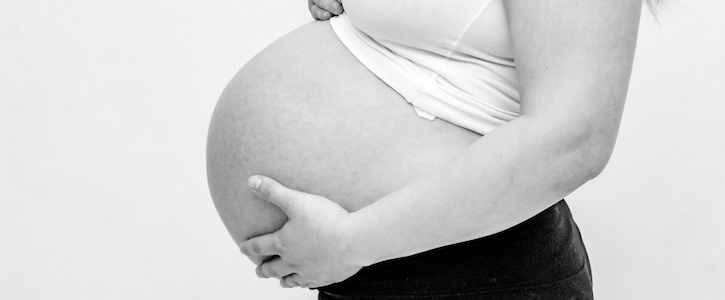New Fertility Tracker Links Physiological Data Points with Algorithm
A new fertility tracking device aims to help women determine the most fertile days of their cycle.

There’s no shortage of tools and strategies women can use when they are seeking to get pregnant. Thermometers, calendars and calculators are all commonplace tools used by women seeking a solid idea of when they are fertile. And while methods such as tracking basal temperature and cervical mucus have worked for many women, the methods are time-intensive and prone to human error. More broadly, said Brianna Goodale, Ph.D., of Ava Science, such methods are based on the mythical “average” woman.
“Many approaches for tracking ovulation are based on statistics for the conventional 28-day, regularly occurring cycle,” she told Inside Digital Health™.

Brianna Goodale, Ph.D., Ava Science
Goodale said there are a growing number of smartphone apps that aim to help users track data and make calculations. However, “these methods use a standard formula for predicting the fertile window based on prior cycles’ average cycle length. Natural inter- and intra-individual variation, however, often render these methods unreliable.”
Consumers need a more personalized method, she argued. And Ava Science believes it has created just that with its new Ava Fertility Tracker.
The device, a bracelet worn at night and synced with an app in the morning, leverages an algorithm and a wide array of data points to construct what the company claims is a more accurate and personalized real-time prediction of ovulation. In addition to tracking wrist skin temperature, the bracelet also notes heart rate, heart rate variability, respiratory rate and skin perfusion.
“The built-in algorithm computes a woman’s fertile window automatically, alleviating the need for subjective interpretation while maximizing the benefit of tracking multiple parameters concurrently,” Goodale said.
More accurate predictions can translate into a greater number of days women can get pregnant. Although the fertile window is six days per cycle, some existing methods don’t allow a woman to realize the window is open until two, three or four days in.
In a study published earlier this year in the Journal of Medical Internet Research, Goodale and colleagues found that their method identified the five most fertile days of a patient’s cycle with 89% accuracy. The study was based on 237 patients who wanted to get pregnant, and it spanned more than 1,000 menstrual cycles.
In addition to being a researcher, Goodale is a user. Prior to working with the company, Goodale and her partner had tried and failed for several months to get pregnant with the help of a free cycle-tracking app. When she heard about the Ava tracker, she was eager to give the more data-centric approach a try.
“Based on my physiological data, Ava predicted my fertile window a full two to three days earlier than the calendar method,” she said. “We went with Ava’s prediction and were pregnant the first full month using the device; turns out I ovulate earlier than what the standard ‘textbook’ cycle would suggest.”
In publishing the results, Ava Science CEO Lea von Bidder, M.S., said the company hoped to broaden the scientific community’s understanding of fertility issues. While pregnancy and fertility apps and devices are becoming more common, Ava Science stands out by taking the approach of a medical device manufacturer, rather than a tech company. While the giants of tech, from Fitbit to Apple have begun integrating fertility tracking into their devices and software, Ava has chosen the medical device approach. Thus, unlike many of its competitors, the Ava Fertility Tracker must follow medical device regulations.
“We are a health company doing tech and not a tech company trying to do health,” von Bidder said.
Get the best insights in digital health directly to your inbox.
Read More
Natural Cycles Is the First FDA-Approved Contraception App. But It’s Not for All Women
Apple Introduces mHealth App for Women to Track Menstrual Cycles, Fertility
How the First FDA-Approved Contraception App Performs Across Populations